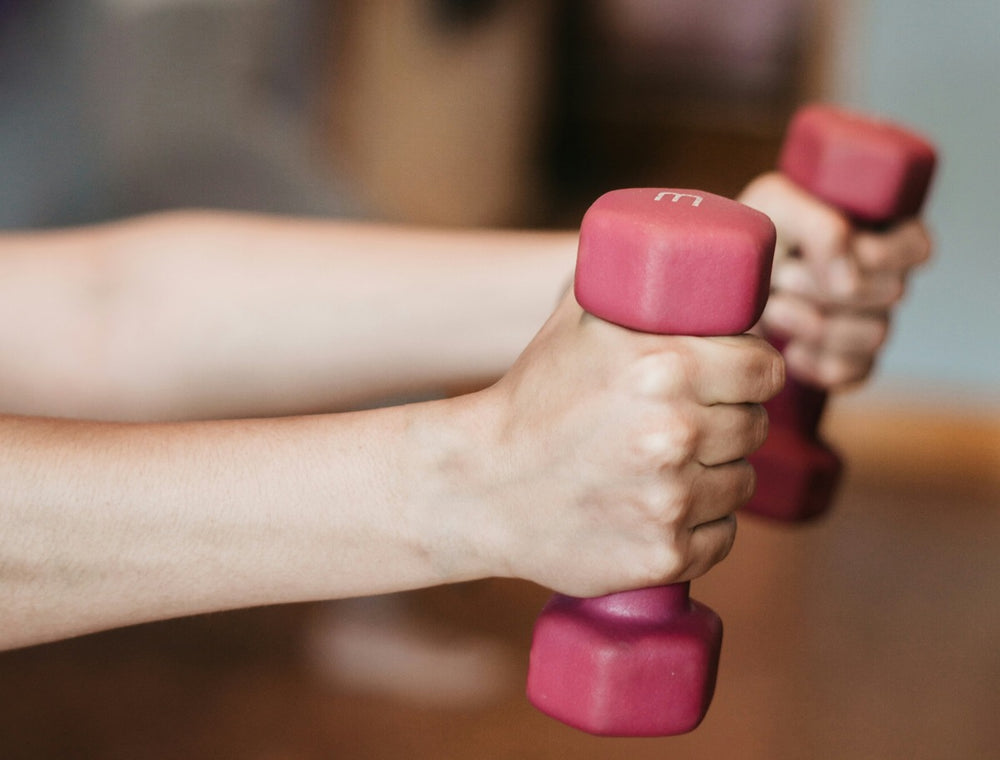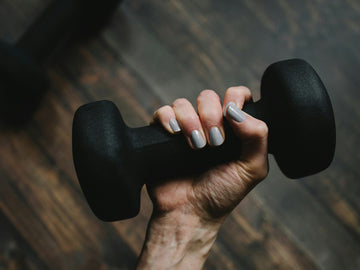Hand Exercises to Manage Parkinson’s Tremors


Posted by:
Johannes Sauer
Reviewed by:
Updated at: November 27, 2024
CHECK OUT THE LATEST IN ADAPTIVE FOOTWEAR...
FAQ
Does squeezing a ball help hand tremors?
How to reduce hand tremors in Parkinson's?
Is hand massage good for Parkinson's?
What is the two finger test for Parkinson's?
How to stop shaking hands with home remedies?


![[color: white] Original Women's Adaptive Shoe](http://cadense.com/cdn/shop/files/Womens-WHT-T1-LG.jpg?crop=center&height=300&v=1765381322&width=300)
![[color: black] Original Men's Adaptive Shoe](http://cadense.com/cdn/shop/files/Mens-BLK-T1-LG.jpg?crop=center&height=300&v=1765338442&width=300)





